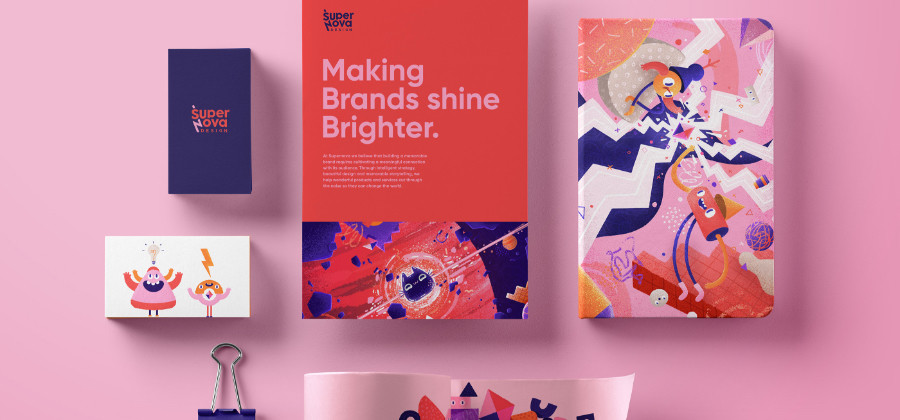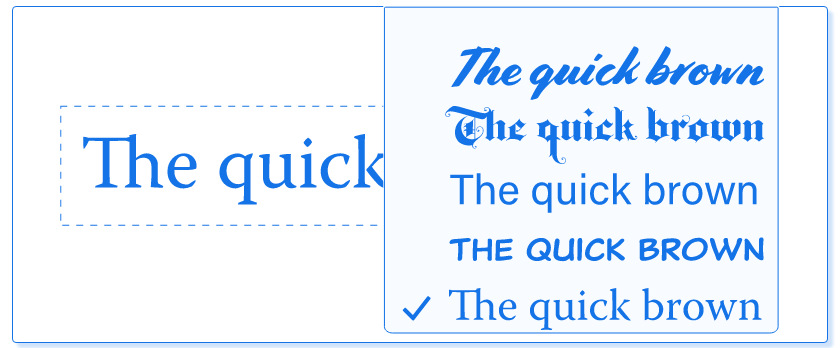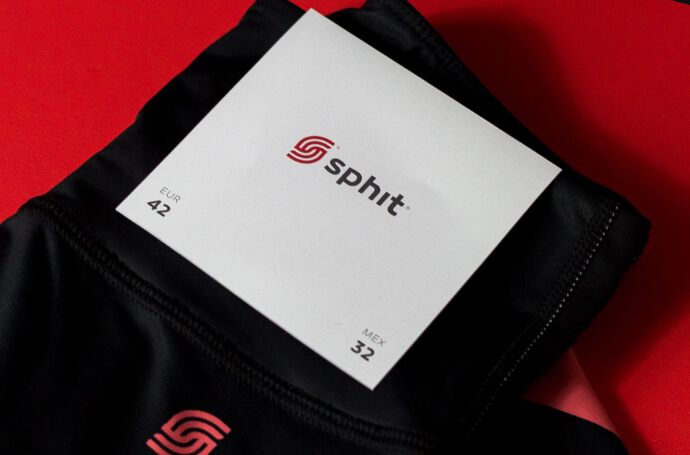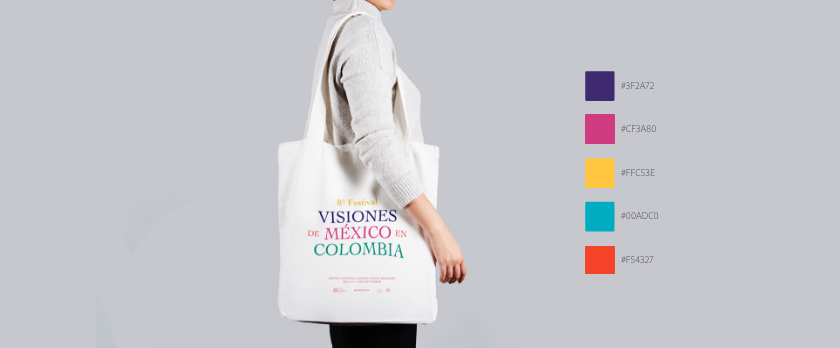See how establishing a visual identity can add consistency to your branding and efficiency to your team’s workflow.

Artwork by Asavari Kumar.
A recognizable brand starts with cohesive visual elements.
From your business card to your web page, each piece of content you create for your company will be more effective if it reflects your brand identity. Creating a comprehensive brand kit will ensure that your marketing consistently represents your brand, building familiarity and trust with your audience along the way. And by taking the time to establish this type of brand style guide, you’re also giving your team what they need to turn around beautiful, impactful creative work with less hassle.
What is a brand kit?
A brand kit is the be-all and end-all documentation for what your brand is and what it isn’t. It clearly lays out the brand colors and typefaces to use and to avoid, which fonts to use for your tagline and how the design might differ between seasonal campaigns and year-long efforts. It’s the source of truth for your creative team to refer to when they create any visual content. Once all the do’s and don’ts are compiled in a handy PDF and the brand assets needed to design projects are shared, any team member — or any creative partner or freelancer — can dive right into creating on-brand work for your company.
What should your brand kit contain?
While the content of branding kits varies, and it can be expansive or simplistic depending on the company, here are some of the main brand guidelines you’ll want to include:
Fonts and typefaces.
How words show up in your brand’s marketing materials is an important visual cue to your customers. Selecting the right typography and keeping it consistent across your brand is a crucial step in unifying your content and customer communications. A typeface is a style of type and its bold, italic, or condensed versions are all fonts. You can create your own typeface and its corresponding custom fonts or select from many options available in libraries like Adobe Fonts. Making a choice and giving your creative team rules helps ensure that your materials feel unique while remaining on-brand.

In your brand kit, you’ll also want to show examples of proper and improper uses of fonts and typefaces. Do you use bolds and italics? Does your font have thin or heavy variations? Is either off-limits? And which of these is correct for a headline versus body copy? By building a clear roadmap for text, you’ll be able to unleash your creative team on work without worrying about an off-brand asset coming through at the approval stage.
Logos and logo treatments.
Whether you have a logo or a wordmark treatment of your company name, setting ground rules for how a designer or creative partner can use them is important. You won’t see Target’s red bullseye colored purple or Apple’s apple lying on its side — it’s inconsistent and, therefore, detrimental to the familiar brand experience you want to build.
Your brand kit is the place where you can explain the rules for your logo and what should never be done. Does the logo always have to be in your brand’s color? What are the rules when used on a colorful background versus a white background? Are there other variations of the logo (a symbol and the company name versus just the symbol) and how do those vary? From digital assets to business cards, t-shirts, and beyond, try and sort out all the ways you plan to use your logo and create rules for those uses.

Artwork by Tomás Salazar.

Color palette and uses.
Your brand kit should establish your primary brand colors and any secondary colors your team and partners can use. Color consistency is incredibly important for brand recognition and, whether consciously or subconsciously, an asset that doesn’t jibe with your brand colors will confuse your audience. As with your logo, think about the ways in which you may use color across digital and physical marketing materials and start to build your brand kit rules from there. You can always add to those rules later, but the goal is to prevent seeing first drafts of creative assets that need a full-color rework.

Artwork by Tomás Salazar
How a good brand kit pays for itself.
Within your company, brand kits add efficiency by streamlining creative workflows. They give everyone a common visual language to work with and rules to keep assets from veering off course. By providing the answers before questions can even be asked, you’re cutting down on wasted time while setting up your team for better work.
Externally, brand kits help you achieve consistency to boost brand visibility. And that brand consistency will help you stand out in a competitive marketplace. Confusion is a killer. Beyond its many efficiency benefits, consistent branding can increase revenue by up to 23 percent. Even big, well-known brands have overperformed revenue goals by 28 percent with the help of consistent branding.
If you're looking for a tech solution that gives you all the tools you need to craft a brand kit, consider Adobe Creative Cloud for teams. Make a logo in Adobe Illustrator, create web design assets and fine-tune imagery in Photoshop, and tie it all together with beautiful graphic design in InDesign. Plus, with Creative Cloud Libraries, your team can share branding assets across apps and devices — and stay in sync.
More topics you might be interested in…
Find creative ways to grow your business.
CUSTOMER STORIES
See how Adobe customers are building great experiences with Creative Cloud for teams.
BEST PRACTICES
Browse the latest guidelines in effective design, marketing, and more.
TUTORIALS
Take your creativity to the next level with step-by-step tutorials.
Discover apps you can use to create brand kits.
Choose your Creative Cloud for teams plan.
All plans include the Admin Console for easy license management, 24/7 tech support, unlimited job postings on Adobe Talent, and 1TB of storage.
Single App
Your choice of one Adobe creative app such as Photoshop, Illustrator, lnDesign, or Acrobat Pro.*
BEST VALUE
All Apps
Get 20+ Adobe creative apps including Photoshop, Illustrator, InDesign, Adobe Express, XD and more.
Introducing Creative Cloud for business Pro Edition. All the apps teams love, now with unlimited Adobe Stock. Learn more
Call +65 3157 2191 or request a consultation
Questions? Let’s chat.
Buying for a large organization? Learn about Creative Cloud for enterprise
* Acrobat Pro, Lightroom, and InCopy single apps come with 100GB storage.